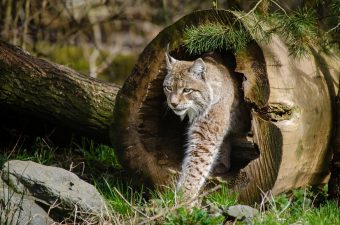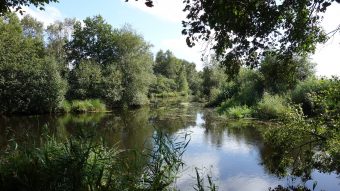
The lifelineMDD online mid-term conference, organized by the project team at the end of November, gathered over 100 researchers, scientists, nature conservationists, water management representatives and other participants from Austria, Slovenia, Croatia, Hungary, Serbia. The aim was to present the first results of the scientific studies commissioned within the project framework and conducted in the biosphere reserve and to discuss how those results can contribute to the management of biosphere reserve.
The first results of the field survey and analysis of collected data on fish and river birds in the 5-country river corridor were presented. Also, preliminary results of the studies on sediment balance and sediment mobilization were summarized and their implications explained. The first results of the combined hydrology and climate change study focused on the river system formed by the Mura, Drava, and Danube, have shown wide-ranging changes due to climate change effects to be expected throughout the biosphere reserve if no action is taken.
More:
“We were excited to present and discuss the first results of our project’s scientific studies and were happy to see so many participants gathered from different sectors of the UNESCO 5-country Biosphere Reserve Mura-Drava-Danube. Upon discussion of the results from such varying fields, but all connected to the biosphere reserve’s function as wetland lifeline and ecosystem corridor, we saw participants mainly agreeing on one key point: the urgent need for joint action towards integrated river restoration. The panel discussions bringing together experts of the different fields highlighted that there is plenty of evidence that river restoration can be very successful. This reinforces the fact that there is a high potential for recovery of the rivers if targeted restoration action is taken towards their improvement”, says WWF Adria project manager Ivana Korn Varga.

Scientific studies are the basis for the development of an integrated river restoration strategy and consequently for future restoration projects, while planned pilot restoration actions will have the direct and hopefully visible effect of improving connectivity and river dynamics. A direct effect of such connectivity improvement is the restoration or creation of typical riverine and wetland habitats within the UNESCO 5-country Biosphere Reserve Mura-Drava-Danube.
A conference report and all presentations of the conference are available on the link – https://www.interreg-danube.eu/news-and-events/programme-news-and-events/7023
Source: WWF Adria



